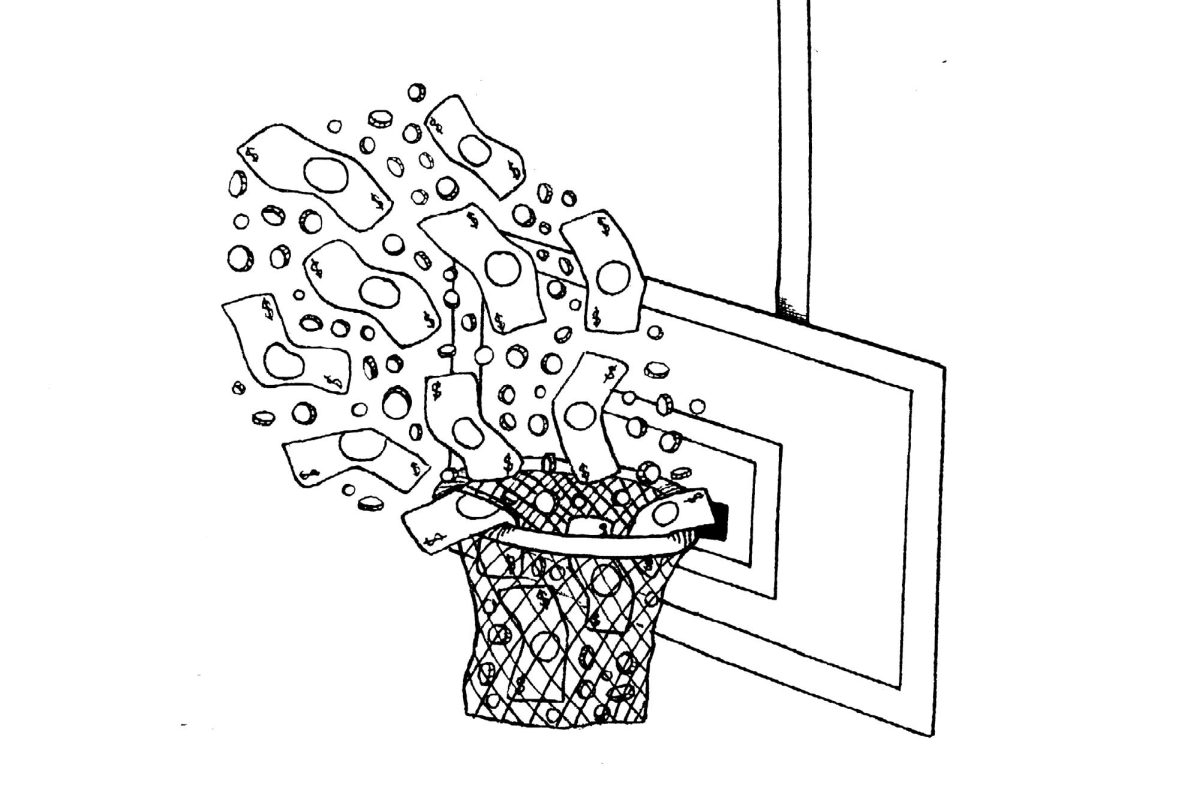Three words — “shelter in place” — plunged Foggy Bottom not into crisis but confusion on Sept. 6. By email, over the phone and on social media, initial reports about a “dangerous individual” near campus gave way to urgent alerts and an hourslong, campus-wide lockdown. Nearly two weeks later, there’s a lot the University can learn from its emergency response.
First, it’s worth noting that the alerts GW issued as the situation unfolded were as specific as they could have been. But communication in the moment is only one part of any institution’s response to a dangerous situation. If we view the shelter-in-place order as a stress test for future incidents, it’s clear the University needs to prepare more for the future and not just react if — or when — something happens.
There are three areas officials ought to review. First, how does GW define a “shelter-in-place” order? Second, how does it share that information with students, faculty and staff? And third, how does it maintain the physical infrastructure to enforce such an order?
The University outlines its “shelter-in-place” procedure in its emergency response handbook: “Seek shelter indoors … avoid falling hazards … take cover against an interior wall.” That’s good advice for an earthquake or tornado but not as applicable in the event of a dangerous individual. Here’s another definition, also from GW: “Take immediate shelter indoors and isolate yourself away from the threat.”
So, which is it? Stay where you are or try to move somewhere safer? We faced a potentially dangerous individual, not a tornado. Officials’ guidance is confusing at best and contradictory at worst. Part of the problem is that the University and the Metropolitan Police Department might not define “shelter in place” the same way or have a shared understanding of what incidents should trigger such an order — a shooting investigation near Washington Circle early Sunday morning prompted alerts from both MPD and GW to avoid the area, but not to shelter in place.
This isn’t just semantics. If worse comes to worst, knowing what to do in an emergency is a matter of life and death. Officials should take a page out of American University’s book, which distinguishes between a “shelter-in-place” order for weather-related incidents and a “campus lockdown” for when an active danger threatens the area.
Whatever language officials decide on, every member of the University community needs a clear, concise emergency response: What’s going on, and how should we respond to it? In the flurry of alerts GW sent out that day, there wasn’t much guidance beyond exercising caution if you decided to go outside — a message that left some students and faculty wondering if they really needed to shelter in place. When GW sends out an alert about an ongoing incident, there should be explicit instructions on what students, faculty, staff and other visitors to campus need to do.
Whether critical information and instructions reach their audience in an emergency is make or break. Don’t leave it up to the day. Students, staff and faculty need some degree of training or at least information about what they’re supposed to do in a variety of situations. To be clear, this needn’t mirror something like “active shooter training,” which imitates actual acts of gun violence. But whether through online modules or in-person events, GW can acknowledge the potential scenarios our campus faces and explain the best ways to address each of them.
Locking buildings and enforcing tap access seems like the best course of action in the case of a potential intruder, and that’s exactly what officials did. But tap access relies on the hundreds, if not thousands, of doors in residence halls, common spaces and academic buildings across campus being able to close and lock. As simple as it seems, that’s not something we can take for granted.
Much of what makes GW so attractive to those of us who call it home, like its open campus and proximity to national landmarks, also leaves it vulnerable. But by no means is the University or the Foggy Bottom area especially dangerous. Don’t be afraid of what might happen, but do be aware of what could occur — and how to respond to it.
The editorial board consists of Hatchet staff members and operates separately from the newsroom. This week’s staff editorial was written by Editorials Assistant Paige Baratta and Opinions Editor Ethan Benn based on discussions with Contributing Culture Editor Jenna Baer, Contributing Social Media Director Anaya Bhatt, Contributing Opinions Editor Riley Goodfellow and Social Media Director Ethan Valliath.


